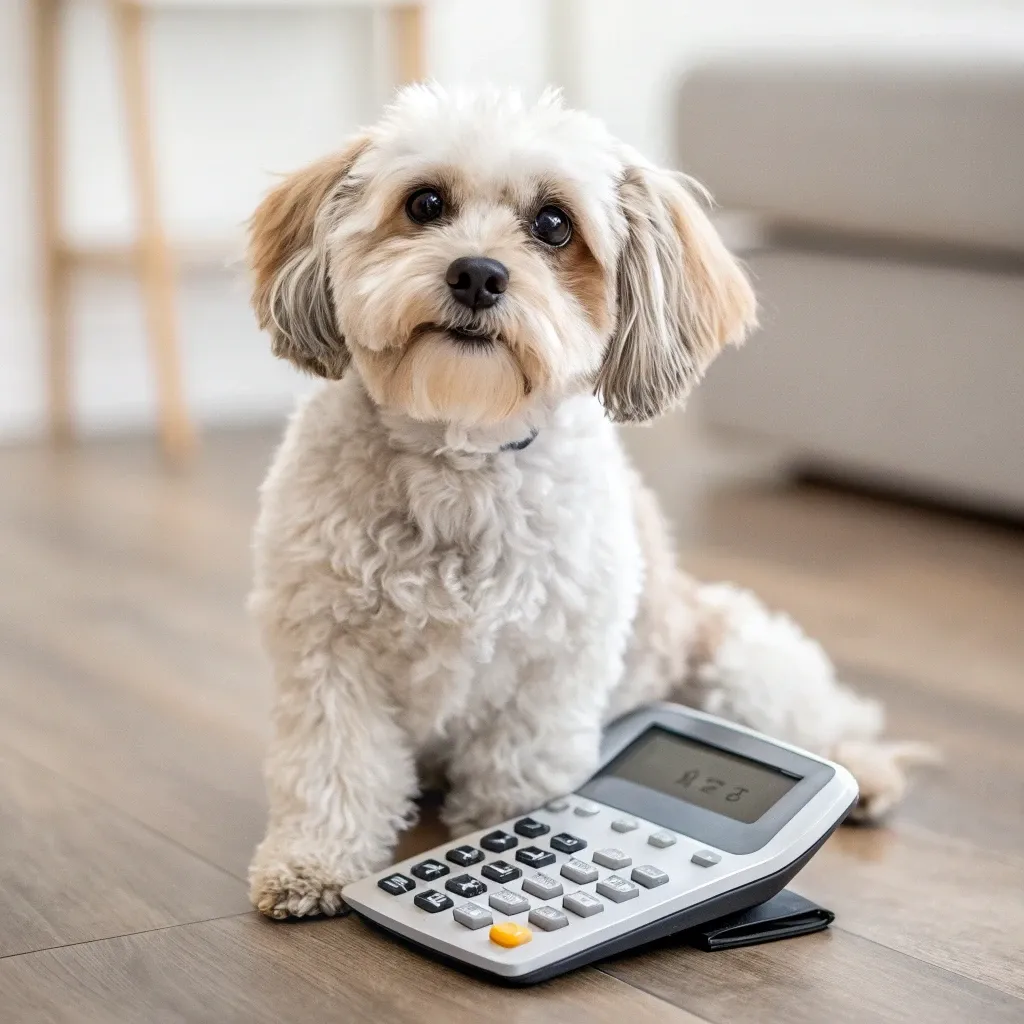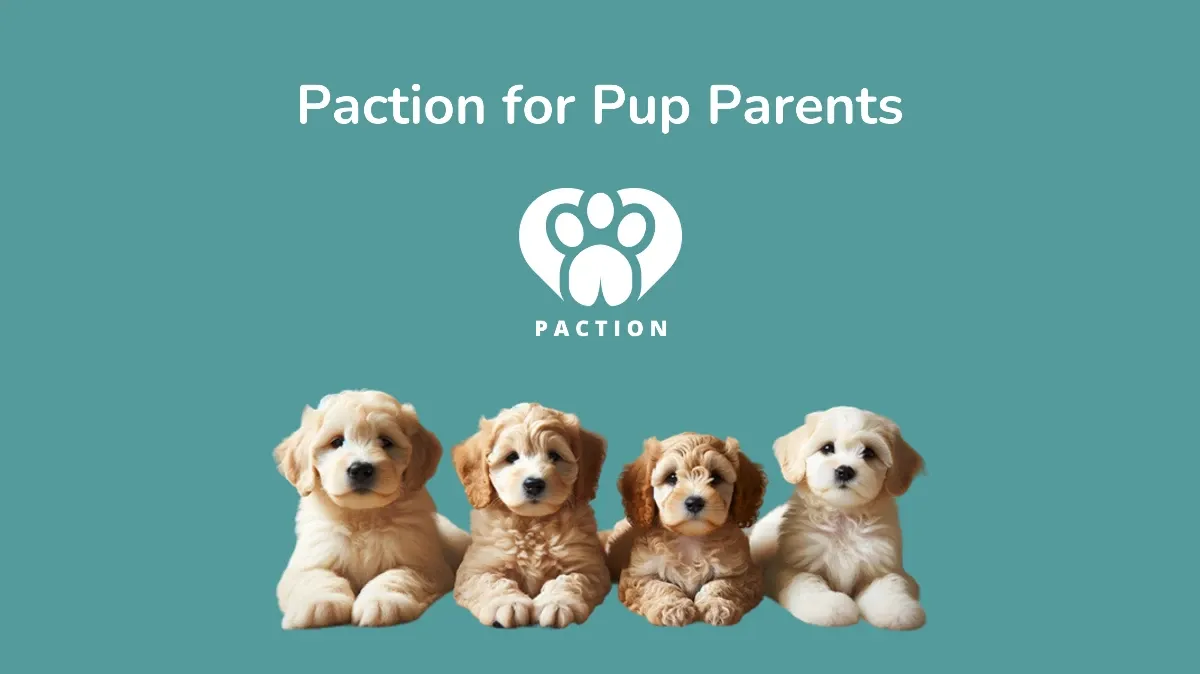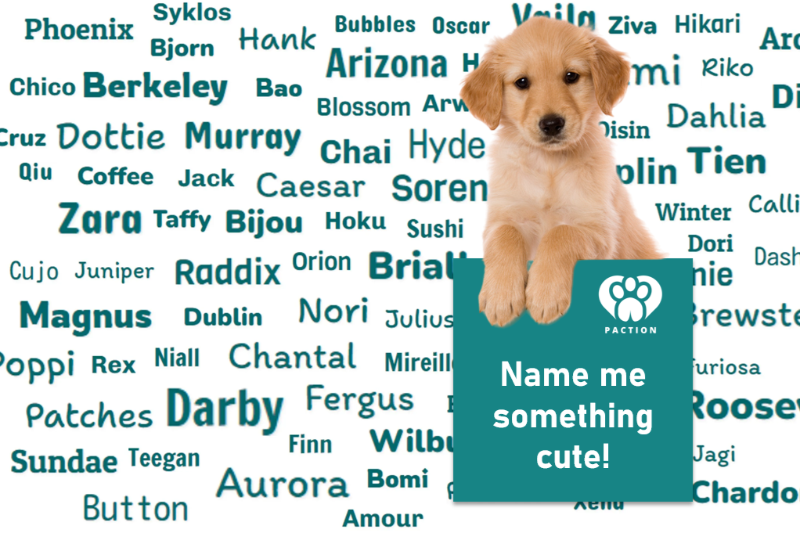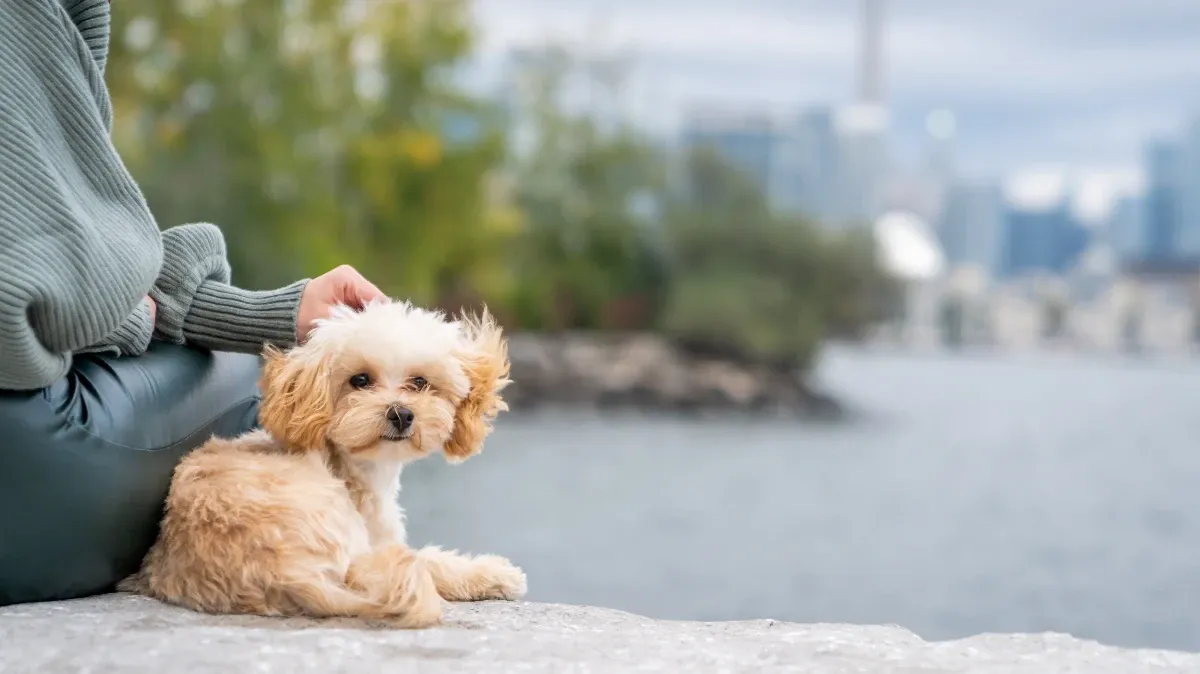Russian Tsvetnaya Bolonka




 Find Reputable Breeders Near You
Find Reputable Breeders Near You
Browse Reputable Breeders who meet Paction's Certification standards.
Search for a PupGet to Know Russian Tsvetnaya Bolonkas
- Name with Meaning: The name “Tsvetnaya” means “colored” in Russian, distinguishing this variety from the white-coated Bolonka Franzuska (French Bolonka).
- Bred for Companionship — Not Hunting: Unlike most breeds that began as working dogs, the Bolonka was intentionally created solely as a companion, making it one of few breeds bred exclusively for human friendship.
- Hypoallergenic Coat: Their non-shedding, curly or wavy coat makes them a good option for allergy sufferers, similar to the Poodle and Bichon types.
- Adaptable City Dog: Developed in cramped Soviet apartments, Bolonkas are perfectly suited to small living spaces and moderate exercise routines.
- Russian National Treasure: After nearly disappearing during the Cold War, the Bolonka was officially recognized by the Russian Kennel Federation and later by international clubs, preserving this charming breed for modern dog lovers worldwide.
Breed History
The Russian Tsvetnaya Bolonka (pronounced tsvet-NAH-ya boh-LON-ka, meaning “Russian Colored Lapdog”) has a fascinating history rooted in European toy breeds and Russian adaptation. The breed was developed in Russia during the mid-20th century, primarily in Moscow and Leningrad, as a compact companion dog suited for apartment living in the post-war Soviet era. Its ancestry includes Bichon Frisé, Shih Tzu, Lhasa Apso, Bolognese, and Toy Poodle, which contributed to its affectionate temperament and luxurious coat. The Bolonka became a symbol of charm and elegance among Russian families, particularly when larger dog breeds were discouraged due to city housing restrictions. Once a rare treasure known mostly within Russia, the Bolonka is now gaining international recognition for its charming personality and allergy-friendly coat.
Personality and Behaviour
- Loving Companions: Bolonkas are known for their deep devotion to their families. They bond closely with their people and are happiest when included in daily activities — from walks to quiet evenings at home.
- Playful & Lively: Despite their small size, they have a joyful and energetic spirit. They love games and social interactions but are rarely hyper or demanding.
- Gentle & Sensitive: This breed thrives in a peaceful environment and responds best to calm voices and affectionate handling. They make wonderful therapy or emotional support dogs thanks to their intuitive nature.
Care
- Exercise: Bolonkas enjoy moderate daily activity. A brisk walk and a bit of indoor play are ideal. They are agile and playful but do not require intense exercise. Mental stimulation through puzzles or training games helps prevent boredom and reinforces their intelligence.
- Grooming: Their coat is long, dense, and prone to tangling if not properly cared for. Regular brushing (3–4 times a week) and professional grooming every 6–8 weeks help maintain their curls. Bathing should be done every few weeks, and ear and eye hygiene are important due to their facial hair. Many owners keep them in a shorter “puppy cut” for easier maintenance.
- Training: Clever and eager to please, the Bolonka learns commands and routines quickly when trained with patience and positivity. Early socialization is important to prevent shyness. They are sensitive dogs, so gentle encouragement and consistency are key to success.
Russian Tsvetnaya Bolonka Summary
What to ask your breeder?
Here’s a short summary of what you should be asking your breeder:
Russian Tsvetnaya Bolonka Health Testing
| Screening | Considerations |
|---|---|
| Patellar Luxation | Veterinary Evaluation of Patellar Luxation. Results registered with OFA. |
| ACVO Eye Exam | ACVO Eye Examination. Results registered with OFA. |
| Cardiac Evaluation | One of the following: Standard Congenital Cardiac Exam. Results registered with OFA. Advanced Cardiac Exam Basic Cardiac Exam |
| Progressive Retinal Atrophy | DNA based prcd-PRA test results from an approved lab |
| Hip Dysplasia | (Optional) OFA Radiographic Hip Evaluation |
How Much Does It Cost to Own a Russian Tsvetnaya Bolonka Per Year?
Determining the cost of owning a Russian Tsvetnaya Bolonka is essential for responsible dog ownership. Use our calculator to estimate expenses, including food, grooming, veterinary care, and more.
The Ultimate Dog Cost Calculator
 Calculate Now
Calculate Now

